A couple days back I posted an article discussing important recovery strategies that every athlete should focus on regularly. If you missed that, I’d encourage you to check it out here: 3 Powerful Recovery Strategies for Athletes
The suggestions in that article aren’t things that most kids aren’t already aware of. That said, they also aren’t things most kids adhere to regularly and making a few simple lifestyle changes can have a profound impact on performance and recovery. Today’s article will build on those strategies and dig a little deeper into what recovery really means and how we can individualize strategies based on the “symptoms” players present with.
Understanding Overtraining and Recovery
In reading Biochemical Monitoring of Sport Training, there was a quote from a Lehmann et al. (1999) paper that stated:
“overtraining can be defined as stress > recovery (regeneration) imbalance, that is too much stress combined with too little time for regeneration.”
This concept is fairly intuitive, but it highlights the importance of finding balance between stressors and recovery/regeneration resources. Recovery is often thought of as a passive process, but the reality is that it’s much more complex than just needing “rest”, as its also dependent upon having sufficient available resources to elicit the adaptations to muscles/soft tissue, hormones, enzymes, etc. In other words, it’s important to think of recovery holistically and within the context of the quality AND quantity of the imposed stress, as the body undergoes both a general and specific stress response depending upon the stressor. For example, the nutrition/supplementation strategies for weight lifting are different than endurance running because of differences in the target energy systems and the required output of the neuromuscular system. Likewise, lifting a heavy weight for a single is much different than lifting it for 20 singles; running one mile is different than running 50. Simply, the nature of the stressor AND the environment that the stressor is placed in will dictate the required recovery strategy.
Sympathetic vs. Parasympathetic Overtraining
Most people intuitively understand that athletes handle stress (physical and psychological, which also influence one another) differently. There are a lot of reasons for this, include genetic makeup, state of readiness, fitness, hormonal levels, and nutrition. As a result of all of these factors, as well as the type of stressors placed on the individual, athletes can drift in one of two overtraining states: a sympathetic or “Basedow” overtraining, or a parasympathic or “Addison” overtraining. Joel Jamieson has a great video explaining this concept and also provides suggestions on how to approach each from a recovery strand point (See: Recovery Strategies).
A couple months back, I was fortunate to sit in on a one day presentation from Patrick Ward, where he dove into this topic in detail. In his slides, Patrick mentioned that the symptoms of each of these states look like this:
Sympathetic Overtraining
- Increased resting heart rate and blood pressure
- Decreased appetite
- Loss of body mass
- irritable
- Decreased sleep
- Decreased performance
- Increased fatigue
Parasympathetic Overtraining
- Low resting heart rate and blood pressure
- Lots of sleep, but never well rested
- Signs of depression
- Decreased sex drive
- Decreased competitive desire
- Decreased performance
- Increased fatigue
In general, the remedy for sympathetic overtraining is to minimize excitement and training stimulii and maximize rest, whereas in parasympathetic overtraining the goal is more to maintain some high intensity work/stimuli, but decrease the overall volume to allow an opportunity for the body to use its limited resources to appropriately respond/adapt to the stimulus. To help illustrate the difference, long duration stretches may be more appropriate for a sympathetic overtraining state because of a greater emphasis on relaxation, whereas more “mobility” type movements may be more appropriate for a parasympathetic overtraining state because of the greater level of stimulation. As another example, using strategies like sitting in a hot tub or napping (preferably not in the hot tub) would be appropriate for sympathetic overtraining, whereas contrast therapy involving alternating between hot and cold water would be more appropriate for a parasympathetic overtraining state. Joel provides some other examples in the video, and wrote a provided a sauna protocol here: Recovery Methods: The Sauna

Some day, this will be my living room.
A Look at Supplements
Most people at this point are familiar with the importance of post-workout nutrition, and while there is some debate as to when the optimal time is to take in certain nutrients, I think the bigger picture is that you get something in during or immediately after your workout. As a quick aside, it’s important to remember that “workout” in this context also refers to practices and games. The general idea here is that following activity, the body is primed to replenish energy stores and shuttle nutrients to the most desirable places. In other words, nutrition can be used to jumpstart the recovery/adaptation process by providing the appropriate nutrients to replenish diminished supplies, as well as the resources for remodeling/rebuilding the structures damaged in the training process.
Post workout nutrition recommendations differ depending upon the things I alluded to above (e.g. the nature of the stressor), but in general it’s appropriate to take in protein and carbohydrates, preferably something quickly digested/absorbed (e.g. liquid), in roughly a 1:2 ratio with 20+ grams of protein. Biosteel’s Advanced Recovery is a great option that has gained a lot of recognition throughout pro sports, especially in the hockey world.
This is one of the best tasting supplements I’ve ever had.
While I’m still in full support of supplements (or food for that matter) that provide resources for recovering from a training session, practice or competition, I’ve been rethinking the use of supplements designed to enhance performance in the off-season. Notably, Beta Alanine and Citrulline Malate are two supplements that I’ve recommended to a lot of hockey players because of their ability to delay fatigue and reduce soreness. While these supplements are both effective, I think they’re more appropriate for in-season purposes when fatigue accumulation is greater, it’s even more important to minimize soreness, and the emphasis is as much, if not more, on performance than development (at the higher levels). In contrast, the off-season is a time to place specific stressors on the body to drive specific adaptations, and, somewhat paradoxically, supplementing to delay fatigue may limit the very stress that causes the body to adapt in the first place. This is certainly a controversial idea, but in general I think there is a sort of “law of diminishing returns” with performance-based supplements, meaning the more they’re used, the less effective they are. In that context, I generally don’t think high school kids should take supplements like Beta Alanine and Citrulline Malate because they have so much room to develop through training and the emphasis at that level SHOULD be more on development than performance anyway. In a yearly cycle, the emphasis on performance is higher in-season than off-season, so it seems more logical to save these types of supplements for the season.
As you can tell, there is a lot that goes into maximizing adaptation, which is the true goal of recovery strategies. To wrap up, follow these three steps:
- Relentlessly follow the three strategies suggested here: 3 Powerful Recovery Strategies for Athletes
- Be diligent about post-workout/practice/game nutrition by using a supplement like Biosteel’s Advanced Recovery Formula and/or eating a quality meal comprised of REAL food (see article above)
- Closely monitor how you feel (or use BioForce HRV to track your readiness every day), and adjust your training and recovery strategies based on which type of overtraining symptoms you’re exhibiting
A great tool for athletes to use to monitor fatigue accumulation and overall readiness to train/compete
That’s a wrap for today. Feel free to post any questions you have or other recovery protocol suggestions below! If you enjoyed the last two posts, please share them with your friends, family, and teammates!
To your success,
Kevin Neeld
OptimizingMovement.com
UltimateHockeyTraining.com
P.S. The first step toward driving physical adaptation is making sure you’re following a quality training program. If you don’t have a written training program that tells you EXACTLY what to do, then check out Ultimate Hockey Training‘s Insider Section!
Please enter your first name and email below to sign up for my FREE Athletic Development and Hockey Training Newsletter!


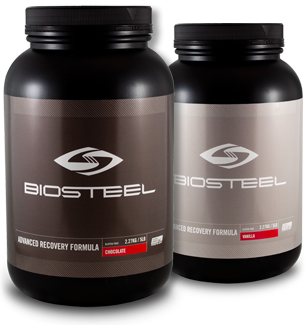
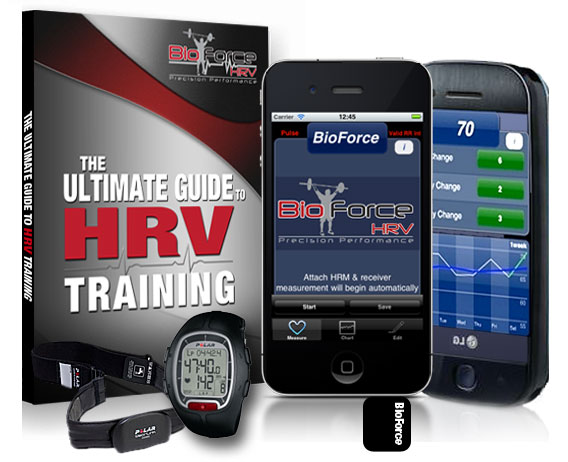
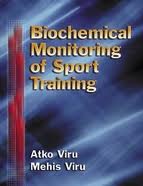
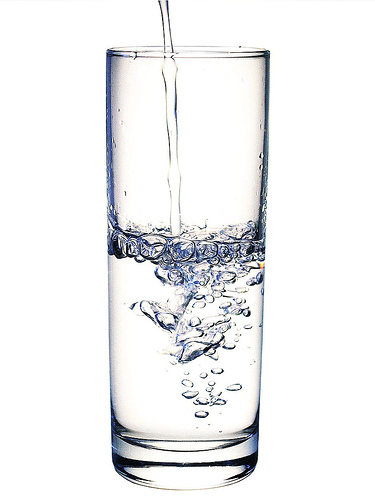
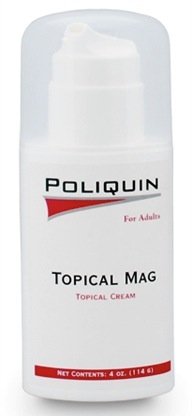

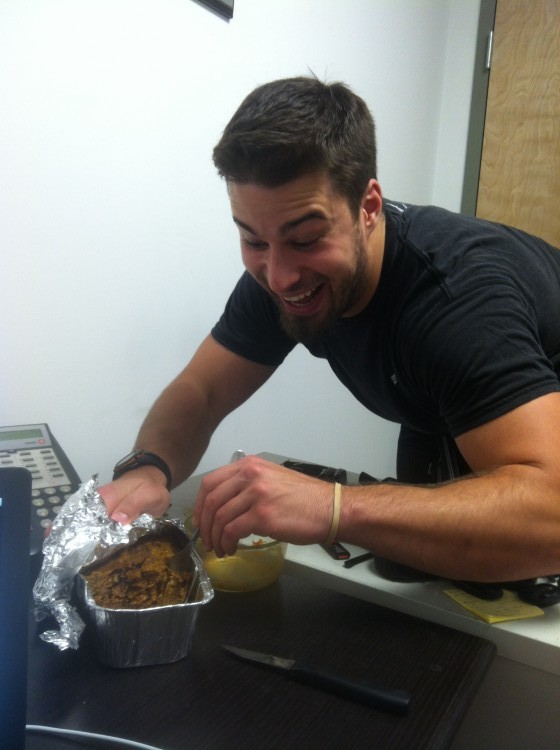


 Use CODE: "Neeld15" to save 15%
Use CODE: "Neeld15" to save 15%